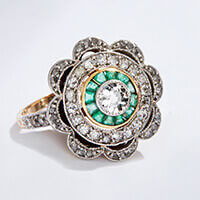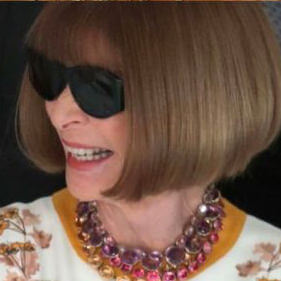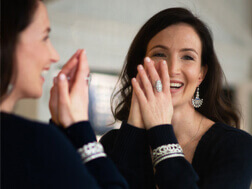-
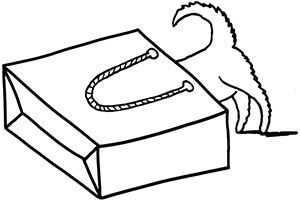
Your Shopping Bag is empty
Antique & Vintage Diamond Jewellery
Experience the brilliance of antique diamond jewellery. Our curated collection showcases exquisite pieces with unparalleled quality and character. From dazzling diamond rings to elegant necklaces and earrings, each piece tells a unique story of the past. Explore our collection and discover the allure of vintage diamonds today.

Loading items...



 Free Worldwide Delivery
Free Worldwide Delivery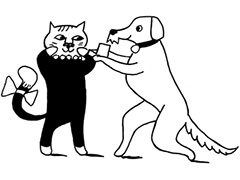 View All
View All
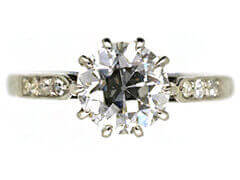 Diamond
Diamond
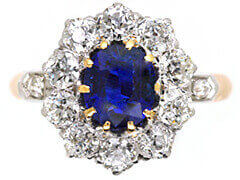 Sapphire
Sapphire
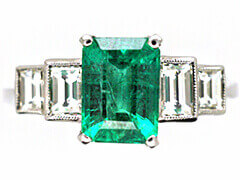 Emerald
Emerald
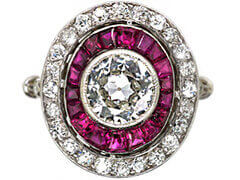 Ruby
Ruby
